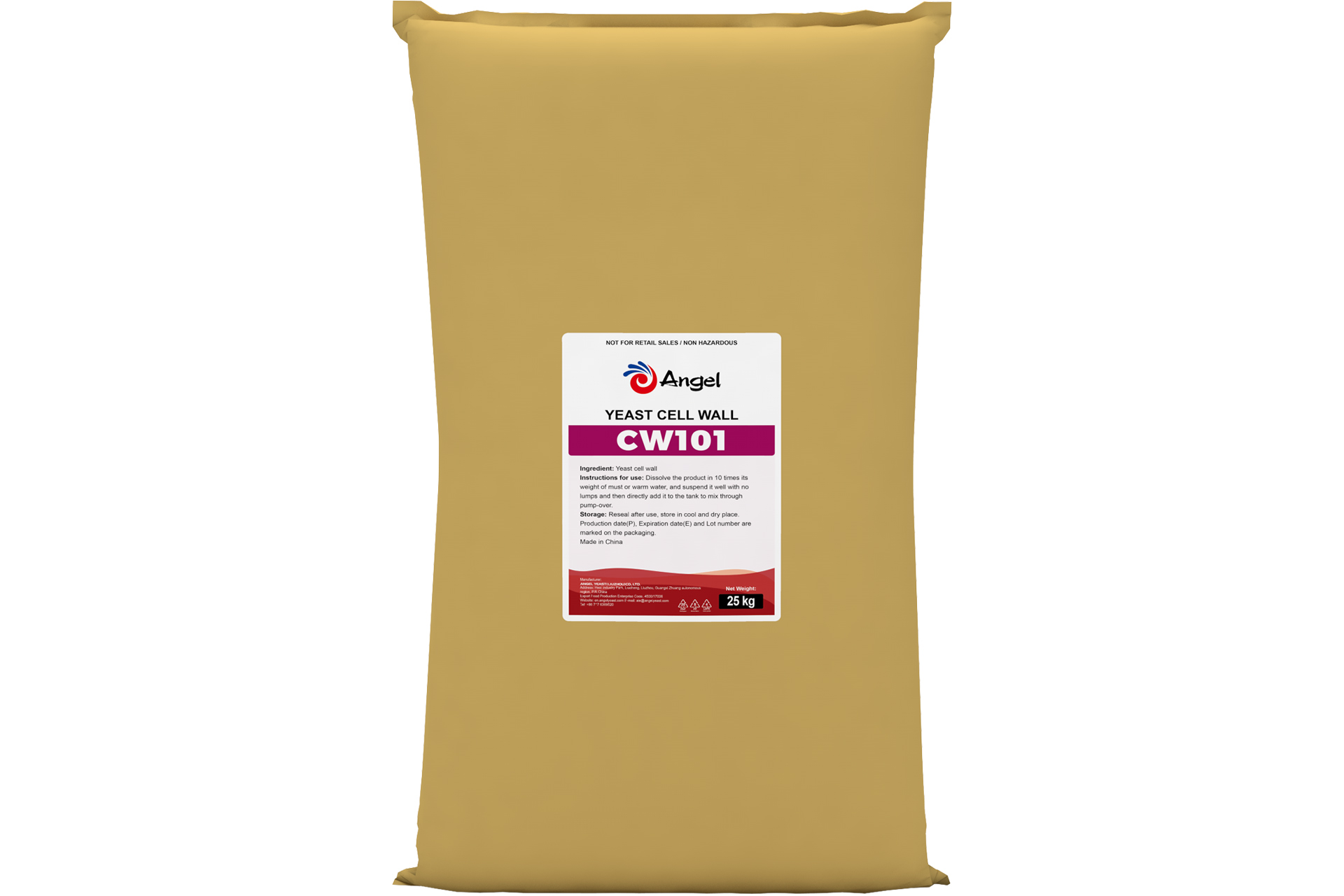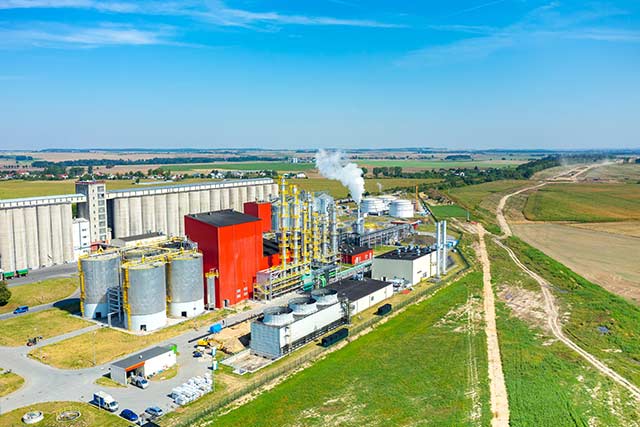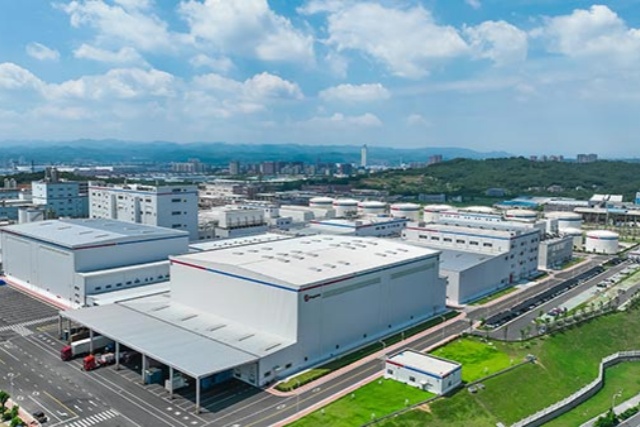
Description
Yeast Wall CW101, obtained from, stimulates the stuck or sluggish fermentations with adsorption capacity of the toxic compounds (hexanoic, octanoic and decanoic acids) and provides ergosterol and unsaturated fatty acids that used by yeast for membrane synthesis.
Applications
1. Absorbs short-chain fatty acids and fermentation toxins produced by yeasts themselves to activate them and make them recover health again.
2. Optimize the alcohol fermentation performance and avoids a stuck or sluggish fermentation.
3. Absorbs pesticide residues, optimizes fermentation environments.
4. Provides survival factors, stimulates alcohol fermentation and malolactic fermentation, and facilitate to restart or reprocess the fermentation.
5. Improves wine quality and structure of the wine.
Characteristic
CW101 has a large surface area with the ability to absorb residual chemicals and other toxic substances, such as medium-chain fatty acids. The richness of (unsaturated fatty acids, UFA) and sterols in CW101 promotes the synthesis of yeast membranes and increase cell viability and wine fermentation.
1. Product characteristics
- Appearance: powder
- Colour: yellow to gray
- Polysaccharide: ≥ 40%
- Protein: 15-30%
- Humidity: 15-30%
- pH: 15-30%
2. Microbial characteristics
- Yeast: < 102 CFU/g
- Lactic bacteria: < 103 CFU/g
- Moulds: < 103 CFU/g
- Aerobic plate count: < 104 CFU/g
- Coliforms: < 102 CFU/g
- Salmonella: Absence/25 g
- Escherichia coli: Absence/1 g
- Staphylococci: Absence/1 g
3. Heavy metal characteristics
- Lead: < 2 mg/kg
- Mercury: < 1 mg/kg
- Arsenic: < 3 mg/kg
- Cadmium: < 1 mg/kg
Dosage and Usage
Recommended dosage: 0.2-0.4 g/L or 20-40 g/hL.
Dissolve the product in 10 times its weight of must or warm water, and suspend it well with no lumps and then directly add it to the tank to mix through pump-over.
Using stage: it is recommended at the beginning of fermentation, at the fermentation of 1/3 or to restart fermentation.







